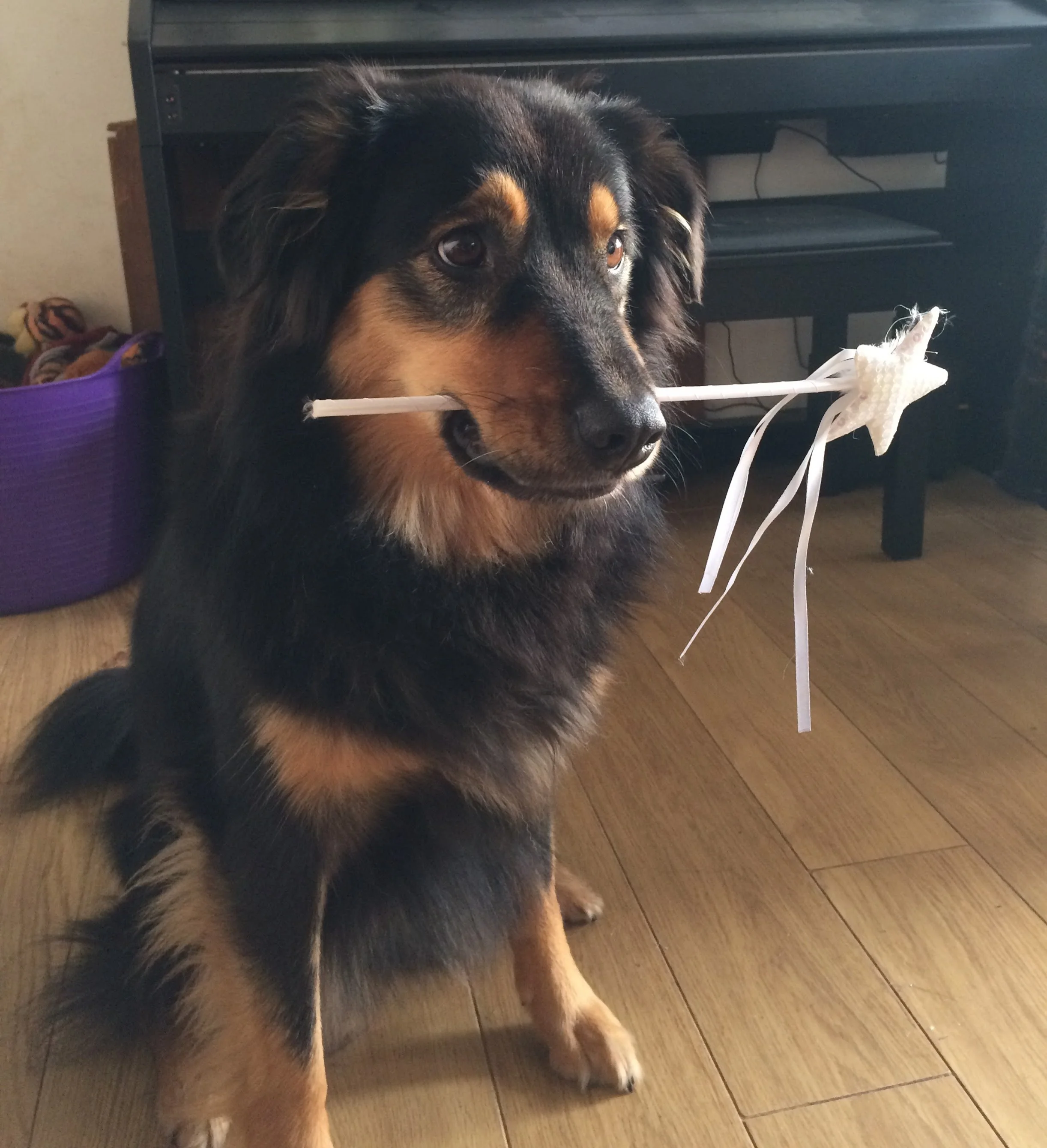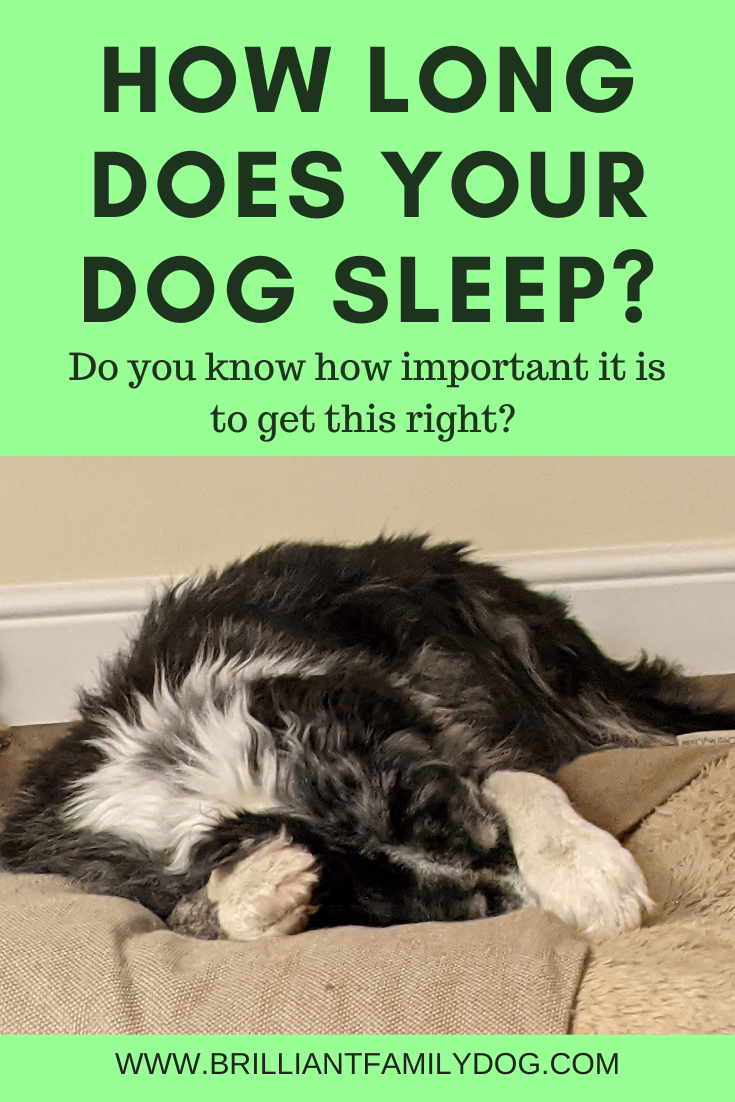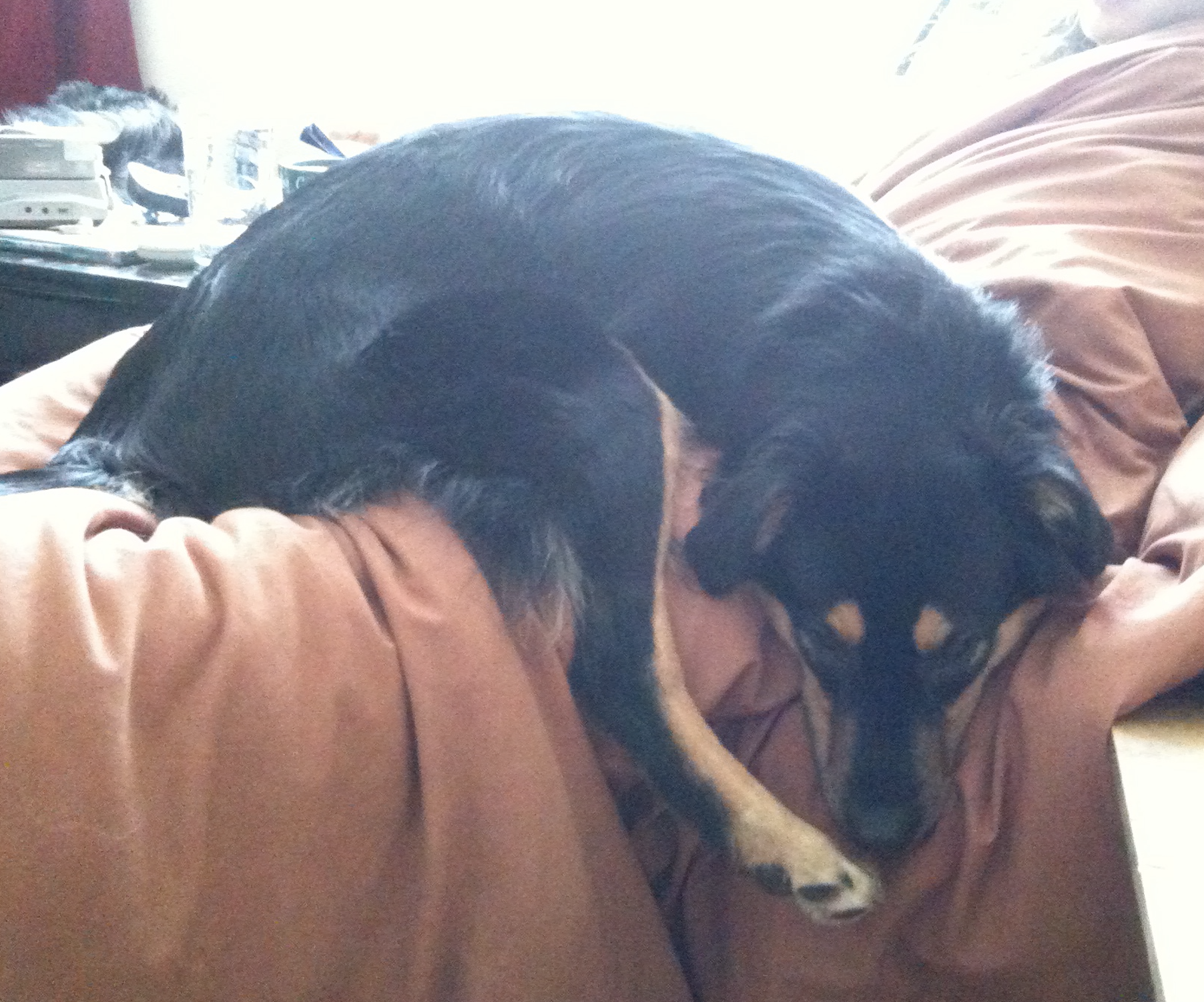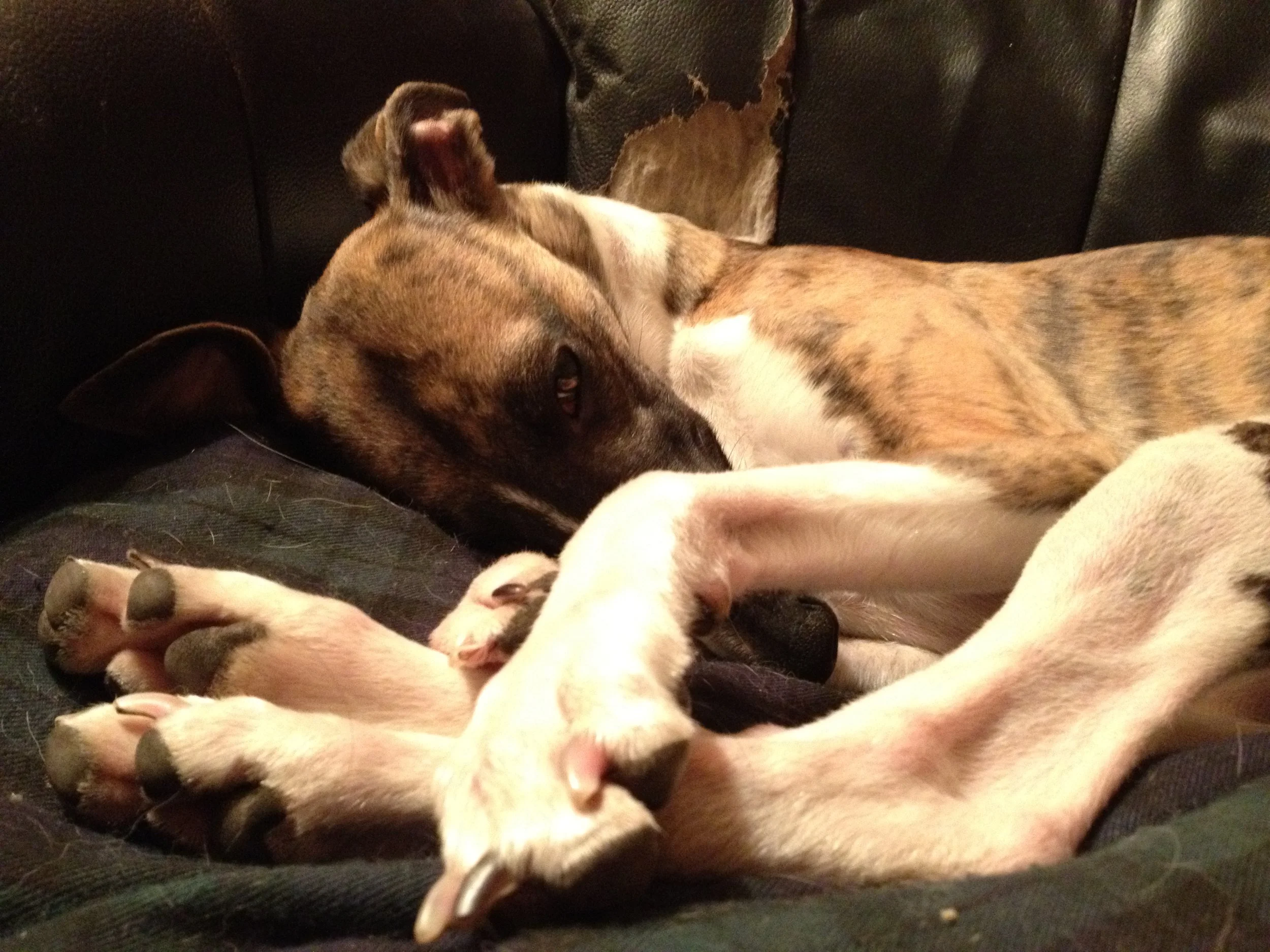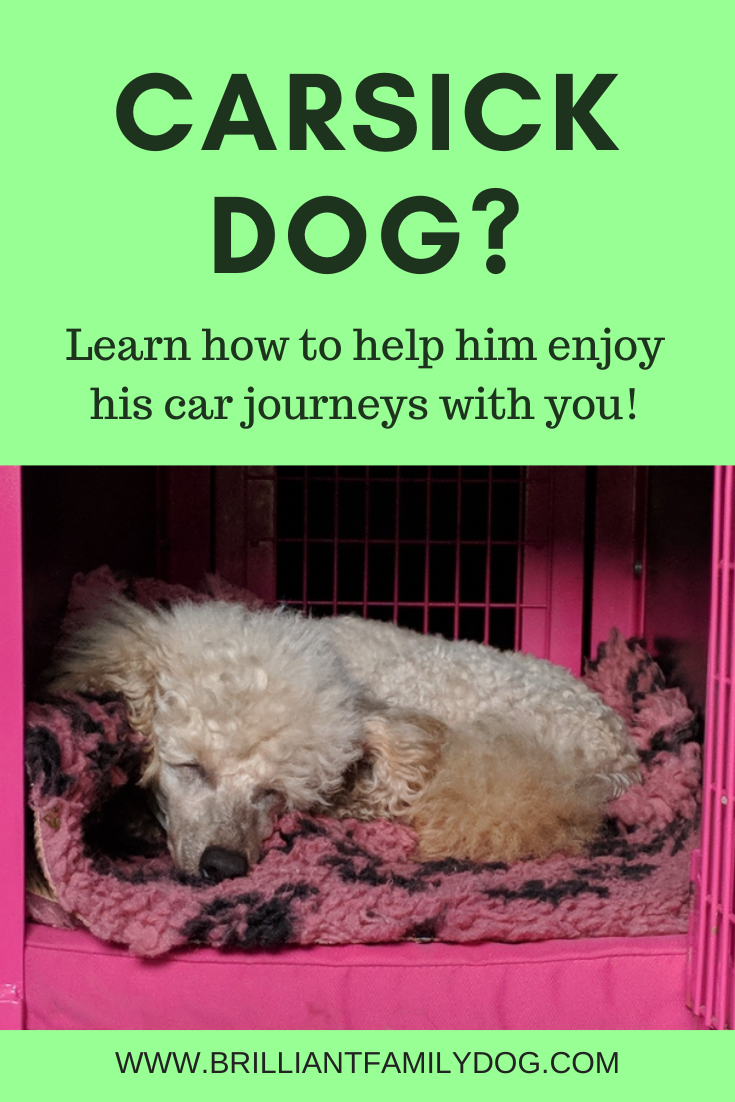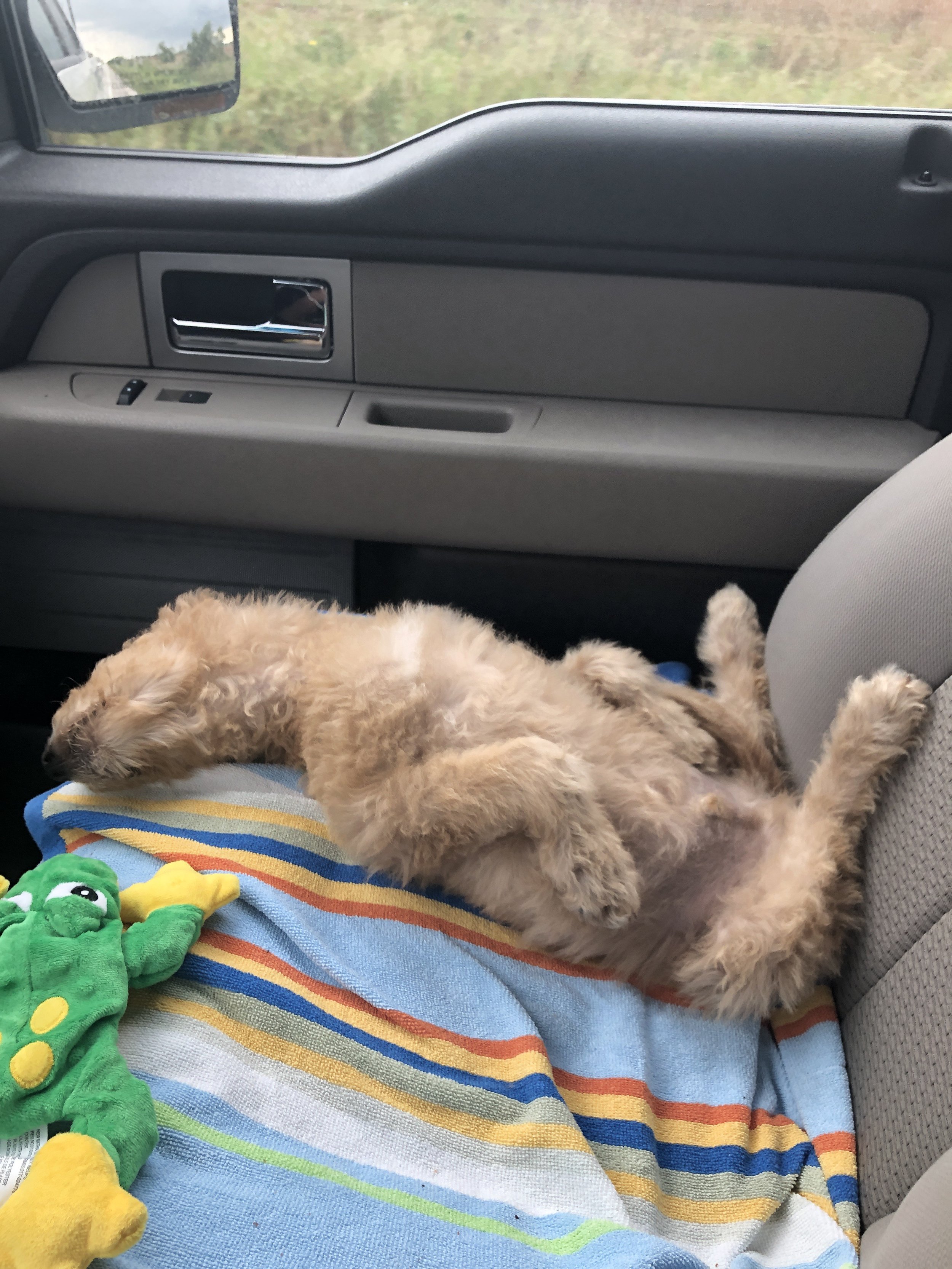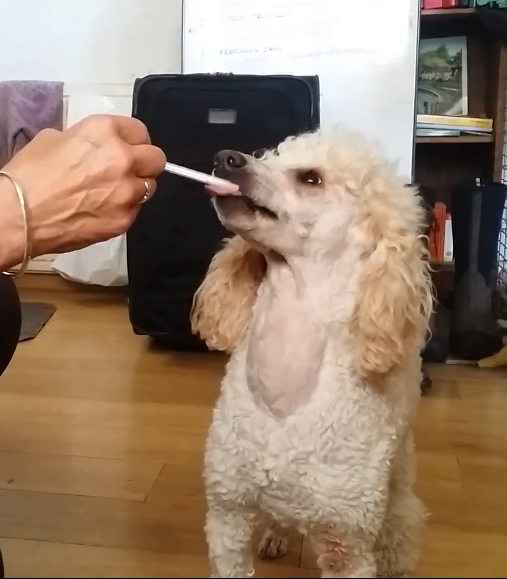We expect it to take a while for a puppy to settle in to our home, don’t we?
Well - we should! But some folk expect to get an instantly devoted and trained dog as their 8-week-old puppy’s feet land in their home. This is unrealistic, and you will find many articles on www.brilliantfamilydog.com to help you to get your puppy off to a great start.
But when it comes to older dogs, this expectation of speedy assimilation into the household mystifies me.
We’re talking about a re-homed adult dog or older puppy here.
Now this rehoming may be because a perfect home became unavailable - e.g. the owner died.
Or it may be because the dog has been found wandering on the streets and taken in with no knowledge of past history.
Or it may be that there is a little history (though how true that is is questionable, seeing as that history comes from people who no longer want the dog and are happy to make excuses for their abandonment).
The dog may have been in several homes.
Or in none.
It may have suffered neglect, abuse, or at the very least, a lack of understanding.
If the dog is handed in as an adolescent, most likely it has had NO training or guidance whatever, and now it’s running riot and its neglectful owners have lost patience and just want to shovel it off to someone else to deal with.
And all this may manifest in manic behaviour, “aggression”, resource guarding, lack of response, being shut down aka learned helplessness - not to mention pulling on the lead, stealing, chewing, running off, and the rest.
Your dog arrives with baggage!
So you can see that whatever route your dog took to arrive with you, whatever reason he has found himself in a shelter, he has a load of history and experiences to deal with.
And that means YOU have a load of history and experiences to deal with!
With the possible exception of the dog whose owner died, and who will be confused and sad and lost, your newly-rehomed dog is the victim of his past life.
He has no idea what’s going on!
He has no idea who to trust - if anyone. Maybe his trust in humans has been shattered?
He has no idea whether you are another staging post in his messed-up life, or that he’s with you for good.
He may have no conception of regular meals, comfy beds, a secure home, true love and companionship, trust.
He may not be house-trained.
He may think he has to snatch and steal in order to get anything, then snarl over it in order to keep it.
And he has more than likely had ZERO training. Of any kind, good or bad.
He may only know punishment and abuse and be fearful.
He may have been let run wild and thinks that’s the way his life will continue.
He may never have worn a collar or been on a lead.
He may have had to doss down wherever he could find a bit of shelter, never able to sleep soundly for fear of attack.
How quickly will this dog settle in with you?
You can see this is not going to be an overnight thing!
In fact, any new dog, from whatever circumstance, can take a good couple of months to settle in with you, learn all your (strange!) ways, know that you are now his home.
And to trust you.
Depending on his history we could be looking at many months.
Depending on how much damage needs to be undone, many many months.
But of one thing you may be sure!
With the possible exception of the dog whose owner died, this dog was not in a shelter because he was a perfect, perfectly-trained, pet dog!
No-one gives up a wonderful companion unless they are in extremis.
You are getting a botched, mishandled, possibly abused, basket-case of a dog.
Be clear on that.
BUT
BUT BUT BUT BUT BUT!
This does not mean that this dog won’t become your best friend, one who gives you enormous pleasure, enhances your life, gives you a purpose, and returns your affection and dedication 100-fold!
My first dog was a Battersea Dogs’ Home special - found wandering the streets. Poppy became a Working Trials Champion, with an entire alphabet of letters after her name!
You can learn her story in our free Workshop here.
She was an amazing dog with which my dog-owning life was blessed. She set me on the path of force-free training, of having endless fun building a close and enduring relationship with a member of another species.
She rewarded me by taking me all over the British Isles to compete and enjoy the company of other likeminded dog-owners, and it was with a heavy heart that I sat on the kitchen floor and held her in my arms when she left us, aged 16.
By all means get yourself an older dog!
But be sure that you view your future together realistically, and not through rose-tinted spectacles.
Love may not be enough.
Dedication, training, coaching, knowing where to go for the right guidance - all this is essential!
[HINT: try that free Workshop to get you started on your new life together!]




